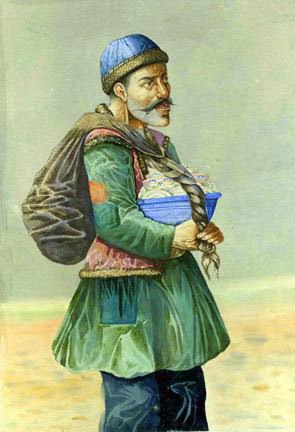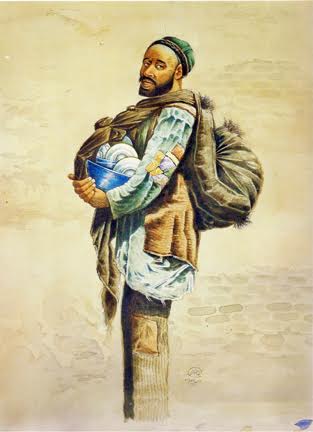Border Crossings: Three 19th Century Iranian Artists
Layla Diba
Thursday, February 18, 2016
The Coffee House Club


Layla Diba is an independent scholar and art advisor and expert on the Qajar period in Iran. During her extensive career she has held numerous positions in the art world, including Curator of Islamic Art at the Brooklyn Museum and adjunct professor at the Bard Graduate Center. One of her most recent publications is “Qumish: Turkoman Silver Ornaments from the Marshall and Marilyn Wolf Collection.”
Iranian artists travelled to Russia and the Caucasus from the early 19th to the early 20th centuries for art training and instruction. They studied in the academies of Saint Petersburg, Moscow, Baku and Tiflis. Some may also have taught in Tiflis.
Three of the artists, Ja’far Muhammad, Abbas Rassam Arzhangi and Hoseyn Taherzadeh Behzad, went on to play a significant role in the development of Academic painting in Iran and later in the genesis of modern Iranian painting. The artists produced watercolor portraits in Academic style and possibly political caricatures for the new print culture based in Tiflis.
The role of Russian academic training in later Iranian art has received little attention by historians of Iranian art compared to that of the School of Kamal al Mulk based in the capital Tehran, a significant lacuna this talk seeks to fill.
